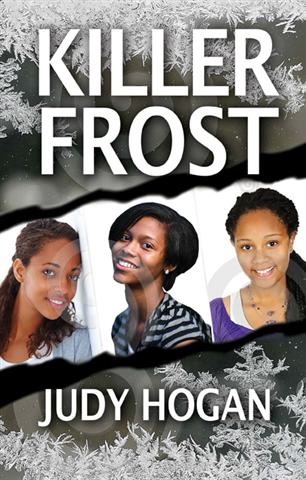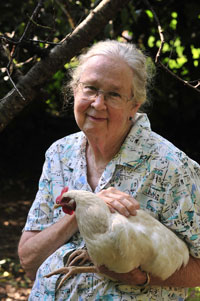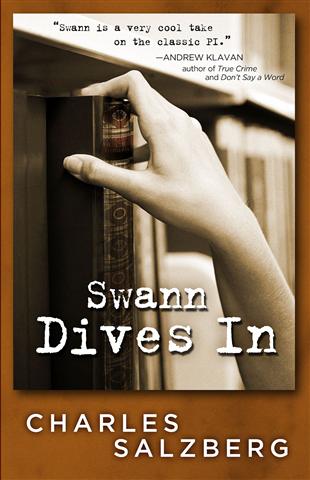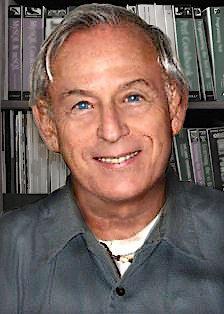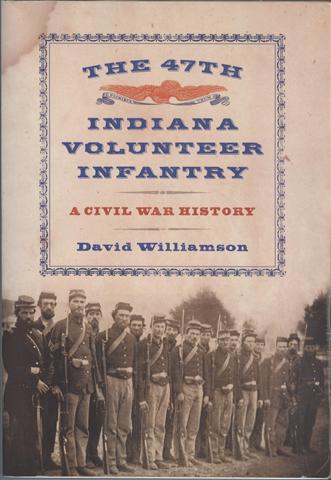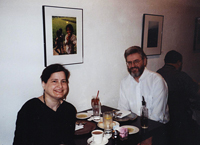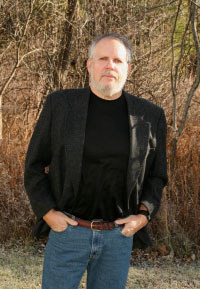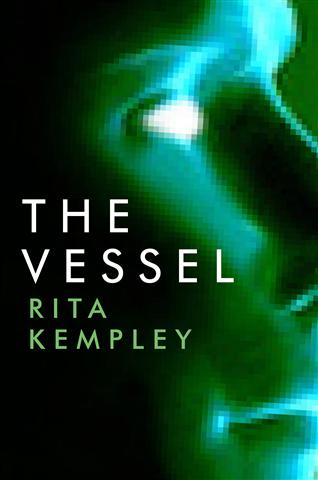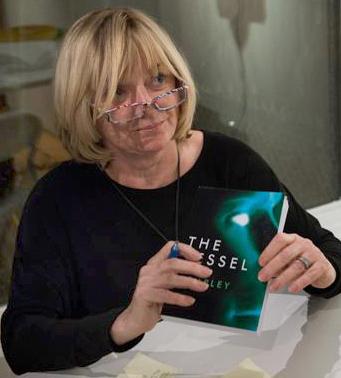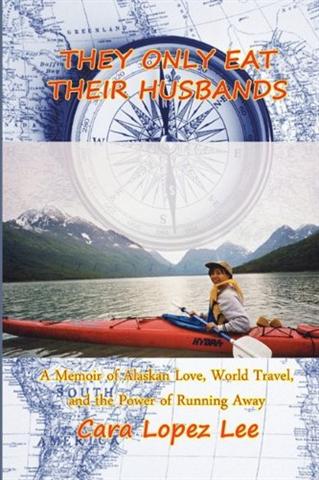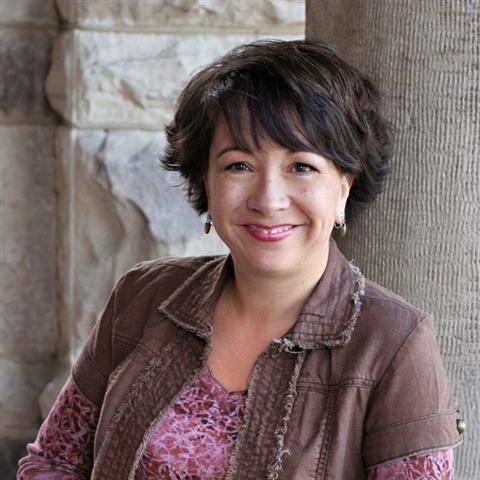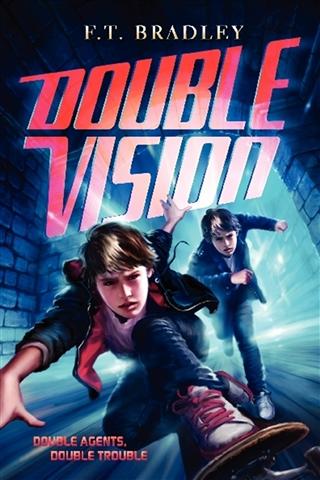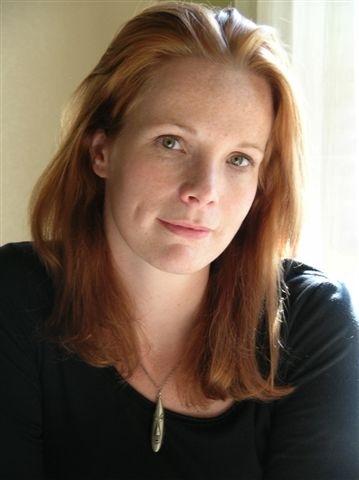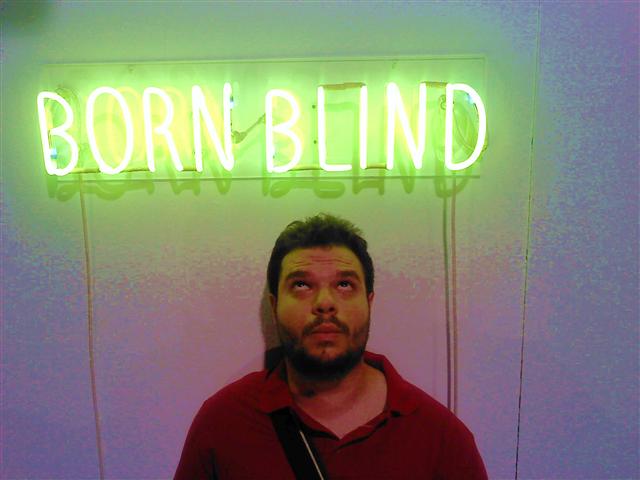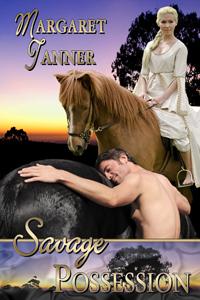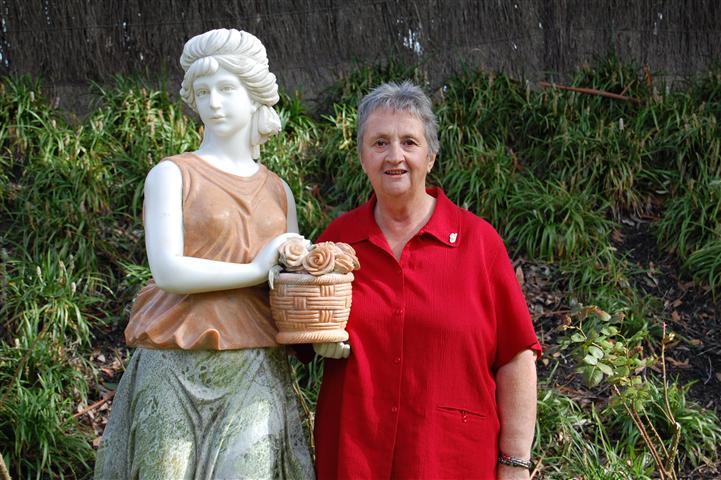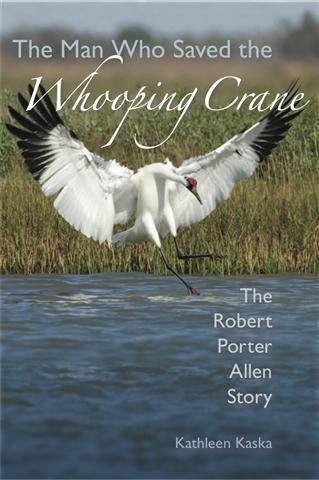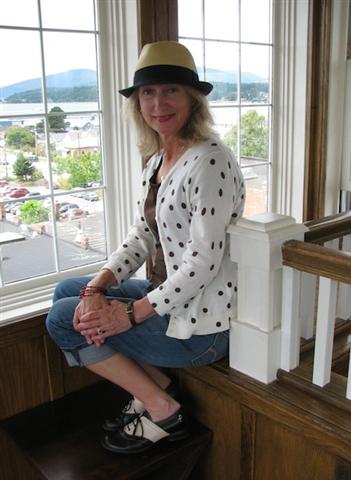Made It Moment II: Judy Hogan
Judy Hogan is the first author I’ve seen who let her Made It Moment be revealed by the voice of another. Yet what Judy did makes an awful lot of sense, because if you read through the more than 250 Moments in this forum (first let me collect them into a book, a project I would love to do), one thing that seems pretty constant is the role readers play in a writer’s making it. Judy’s first published mystery, Killer Frost, has spoken powerfully to readers, and when you hear from this one, you’ll see why.
Judy’s first Moment appears here, and it ran even before her book was published. Prophetic, as Judy speaks about below. And while I’m on the topic–she makes a mean loaf of bread!
Then, when a wind comes along and lifts you,
you have to trust it, let it take you into a whole
new place in your life and in the lives of other people,
a new room where communion is frequent and possible.
The Telling That Changes Everything XIV.My poems have often been prophetic, as was this one, which I wrote last March, five months before Killer Frost appeared. To have my first mystery novel published was a high point in my literary life, but even more reassuring and reinforcing has been the discovery that people love it, that for my readers the characters live and breathe; they have a real existence apart from me. The biggest challenge for me, as a writer, was to find and delight readers. Why else did I go to all this trouble to get published? Yet I had no idea how much it would lift me into a whole new place, give me a deeper, more permanent sense of my identity, and put me into communion with other people. My self-esteem now feels profoundly and permanently rooted.
These new readers keep telling me how real my characters and their dilemmas are to them. So many agents and editors rejected my mysteries, including Killer Frost, but so far the readers are in my corner, and they want the other books in the series which I have written: nine in all, for I kept writing. Killer Frost is the sixth. I did the whole thing backwards in one way, but it feels to me now like I did it right. Killer Frost found me readers. They’re a small number, but they’re talking. Here is one comment I especially treasure, coming from Gary Tyson, the African American Chief of Police in a neighboring town in my county, Siler City.
Judy, I just finished reading Killer Frost. It was one of the most incredible books that I have read. I became engulfed in the reality of the plot. In my mind, I became an eyewitness to a struggle that is all too common in many African American families. The characters were indeed real. They were as real as folks that I come into contact with on a regular basis. The unsung heroes that make a difference in so many young people’s lives each and every day. Folks like Malvina (AKA Margie Horton Ellison) who was community organizing before it became fashionable.
The book flowed with such grace. It kept me engaged. There were also some jewels that could be plucked from the plot. One was the awesome power of protest. If only folks still remembered the protests of the Civil Rights Movement. Folks would be doing more than “being sick and tired of being sick and tired” with ungodly stuff that is on the news and spoken at our kitchen tables on a daily basis. Another jewel to be plucked was the dire need for good leadership and mentorship. The raw kind of leadership that is willing to go down with the ship if the cause is right. (We know that God looks after his soldiers.) The kind of leadership that will either give a young person a gentle push, or, if needed, a swift kick in the butt to get them back on track (Mr. Oscar’s type). The book offered a lot of drama with no blood, guts, and sex that dominates our airwaves and books in our current society. You were able to capture a lot of drama, with a few horrific moments, in a clean kind of old-fashioned manner. How refreshing to read a modern day drama with an old-fashioned twist.
Wow! Thanks for a narrative that reminds us all that, even with the dire problems we face today, “the frost” has not destroyed our determination to overcome.
Judy Hogan founded Carolina Wren Press (1976-91), and was co-editor of Hyperion Poetry Journal (1970-81). She has published five volumes of poetry and two prose works with small presses. She has taught creative writing since 1974. She joined Sisters in Crime in 2007 and has focused on writing and publishing traditional mystery novels since. In 2011 she was a finalist in the St. Martin’s Malice Domestic Mystery contest. The twists and turns of her life’s path over the years have given her plenty to write about. She is also a small farmer and lives in Moncure, N.C.

